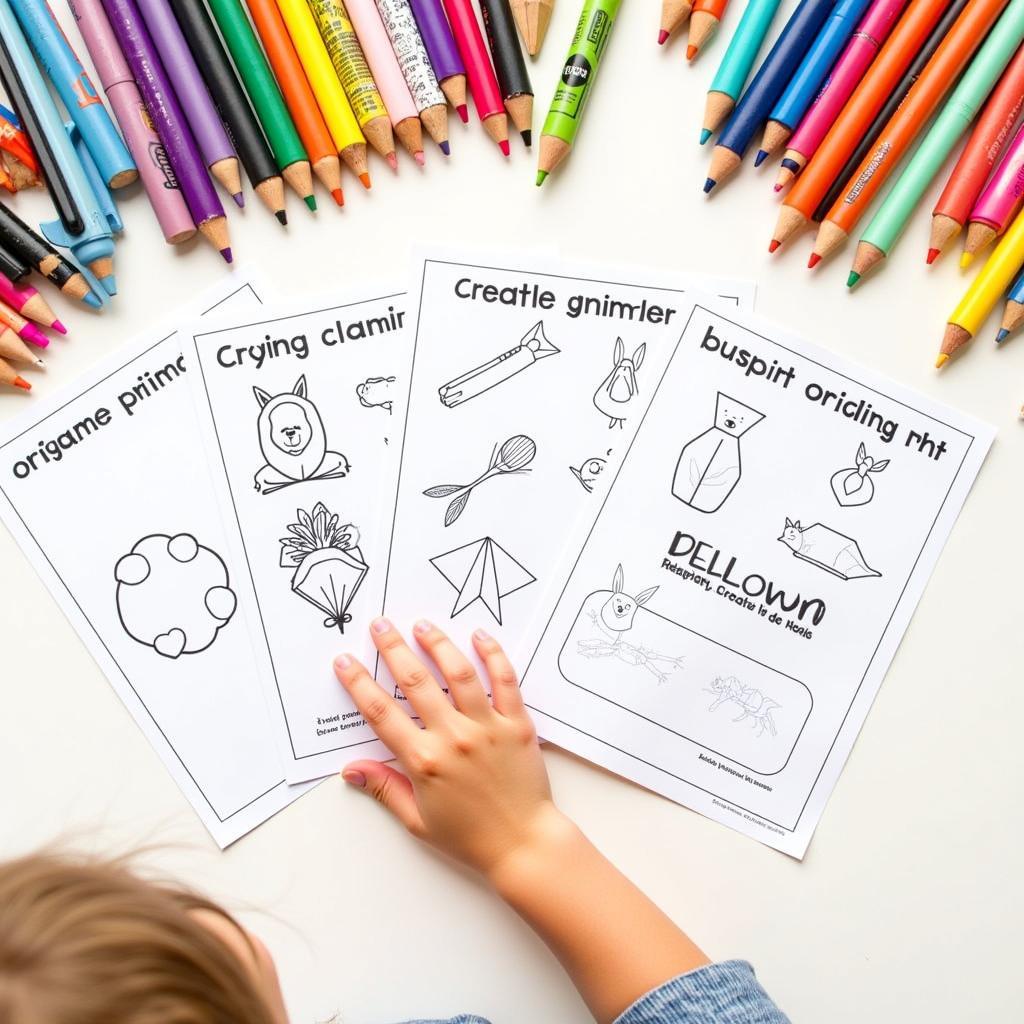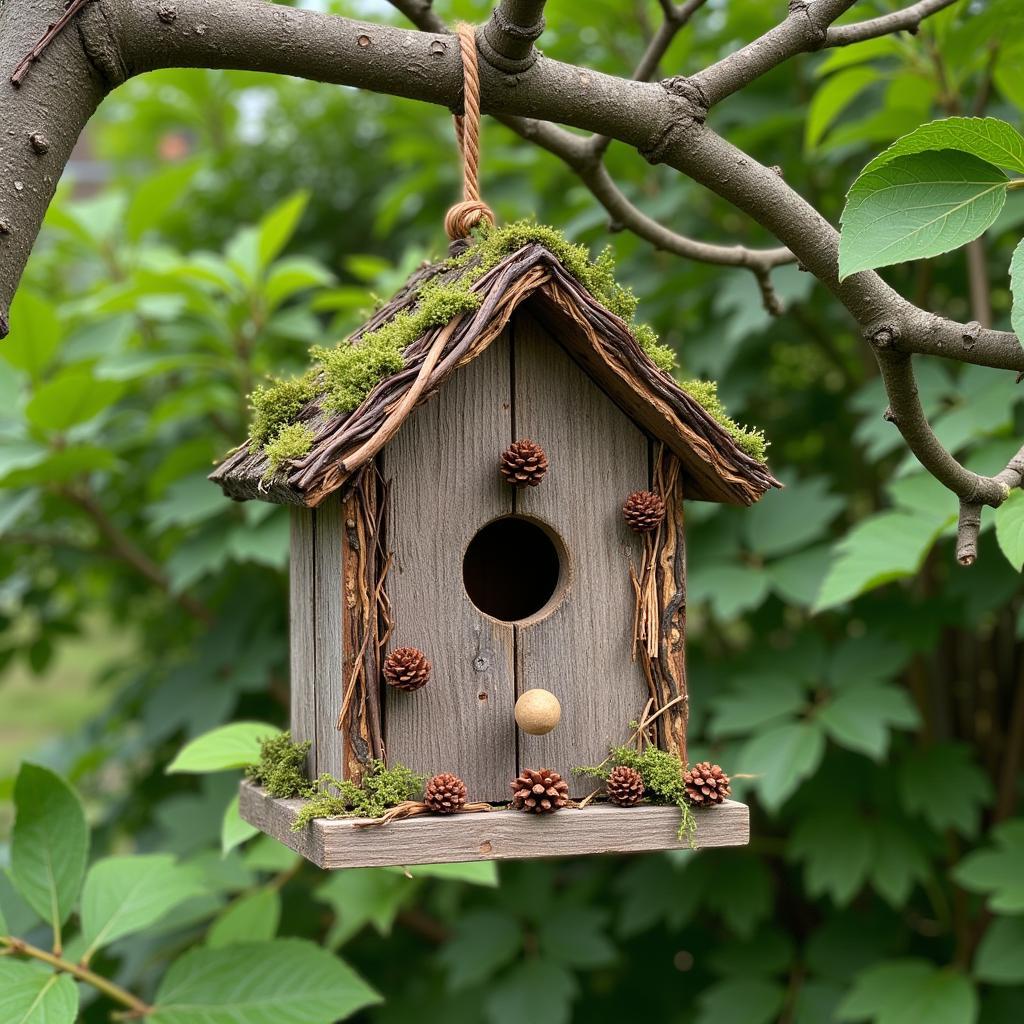The Art of Champagne
The Art Of Champagne isn’t just about the bubbly drink itself; it’s a sensory experience encompassing sight, smell, taste, and touch. From the meticulous crafting process to the elegant presentation, champagne embodies a sophisticated artistry that elevates any occasion. We’ll delve into the fascinating world of champagne, exploring its rich history, production techniques, and the cultural significance that makes it a true icon of celebration. Check out these elegant Art Deco glasses.
A Toast to History: The Origins of Champagne
Champagne’s history is deeply rooted in the French region bearing its name. The unique chalky soil and cool climate of Champagne contribute significantly to the grapes’ character, laying the foundation for this exceptional sparkling wine. Initially, the bubbles in the wine were considered a fault, but Dom Pérignon, a Benedictine monk, played a pivotal role in mastering the second fermentation process, which gives champagne its signature effervescence. He wasn’t the inventor of champagne, as often misattributed, but his contributions to winemaking techniques were instrumental in refining the process and enhancing the quality of the beverage.
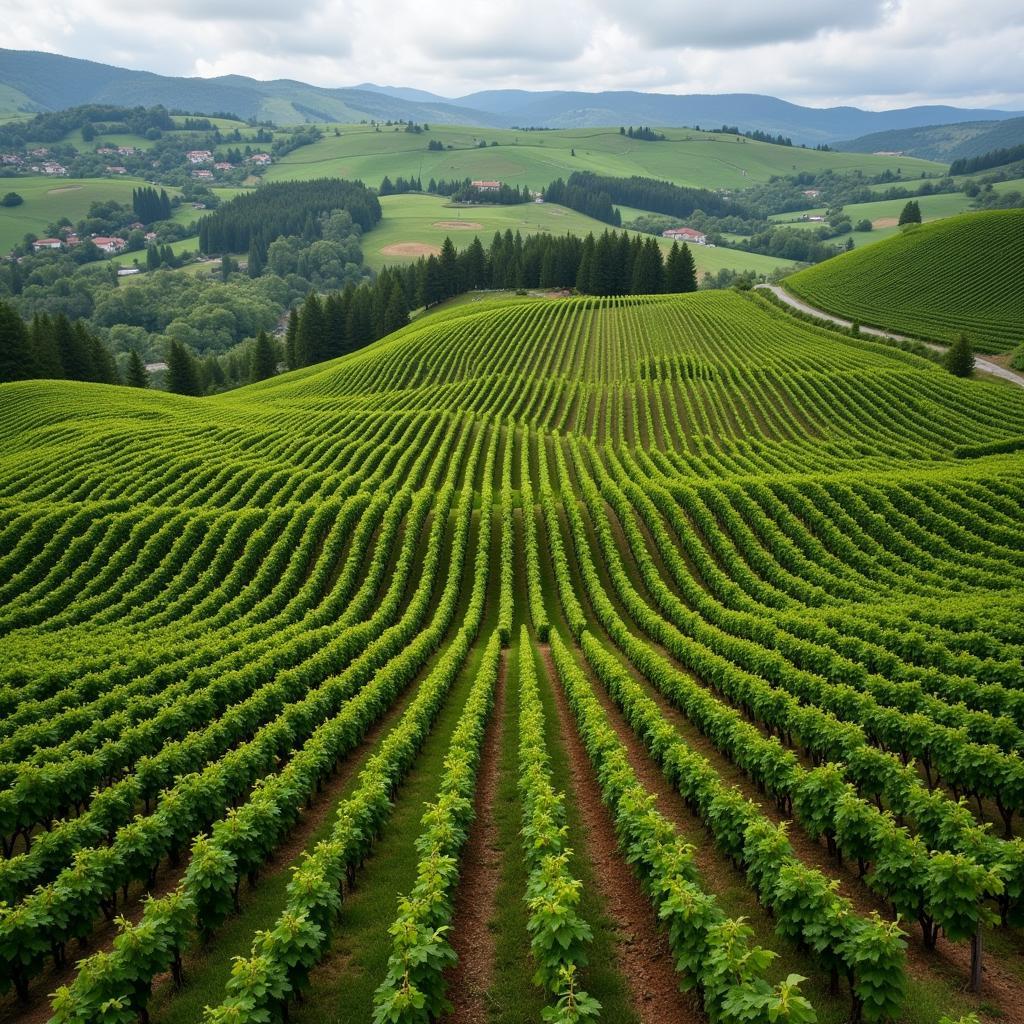 Champagne Production in the Vineyards
Champagne Production in the Vineyards
The Art of the Méthode Champenoise
The “méthode champenoise,” or traditional method, is a complex and labor-intensive process that distinguishes true champagne from other sparkling wines. It involves a secondary fermentation in the bottle, creating the delicate bubbles that dance on the palate. This intricate process demands precision and expertise at every stage, from the initial blending of grapes to the riddling and disgorgement techniques that remove sediment and prepare the champagne for its final corking.
The unique process gives champagne its complex layers of flavor, from the crisp acidity to the biscuity notes that develop during aging. Isn’t it fascinating how so much artistry goes into each bottle? Explore some New Year’s Eve art that captures the celebratory spirit of champagne.
Beyond the Bubbles: Appreciating Champagne as Art
Champagne is more than just a drink; it’s a symbol of celebration, luxury, and joie de vivre. The elegant flutes, the delicate bubbles rising to the surface, and the satisfying pop of the cork all contribute to the ritualistic experience of enjoying champagne. Champagne wall art can beautifully capture this celebratory essence.
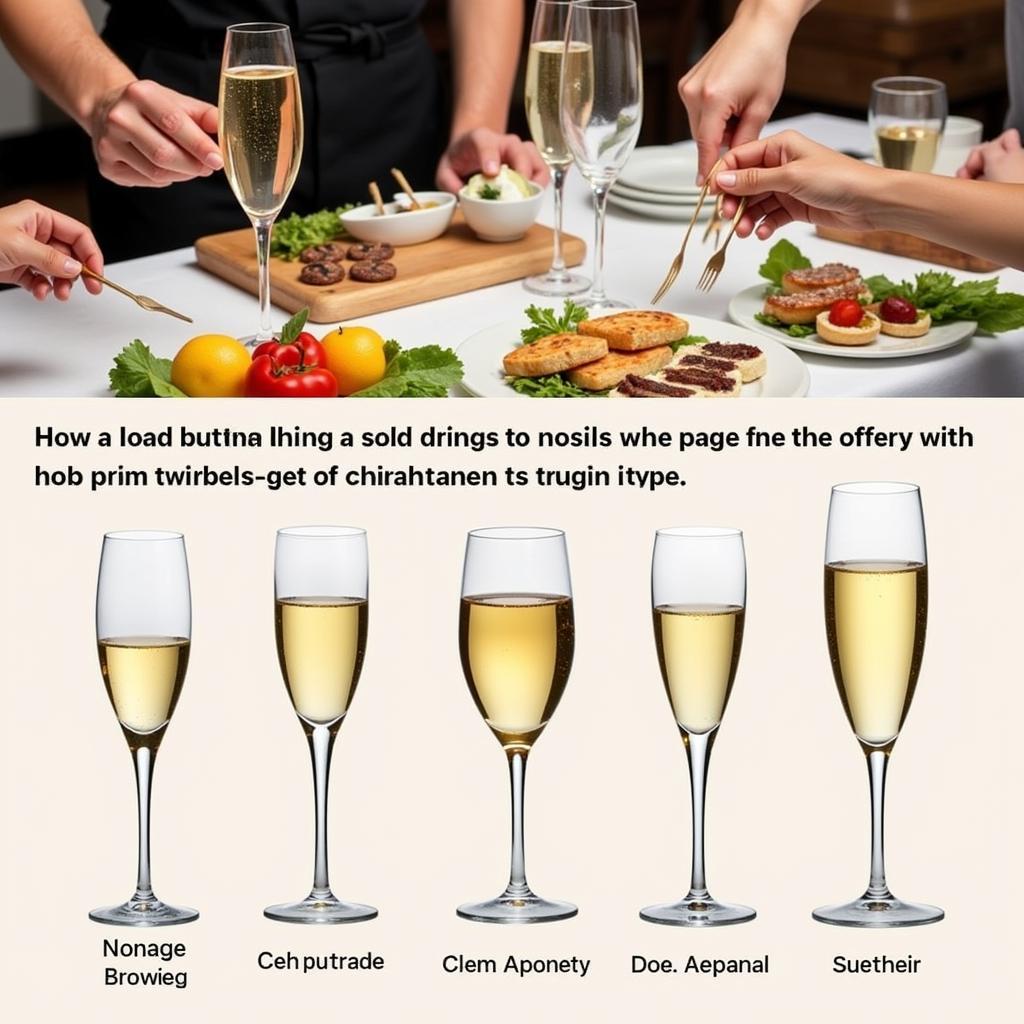 The Art of Champagne Tasting
The Art of Champagne Tasting
Champagne pairs beautifully with a variety of dishes, from delicate seafood to rich cheeses. Understanding the nuances of different champagne styles, from the crisp Brut to the sweeter Demi-Sec, allows one to appreciate the art of pairing and enhance the culinary experience. Did you know there’s champagne art for your walls that embodies the elegance and festivity of this iconic drink?
Champagne in Art and Culture
The image of champagne has been romanticized and celebrated throughout history, appearing in countless works of art, literature, and film. From Impressionist paintings depicting lively gatherings with champagne flowing freely to iconic film scenes featuring celebratory toasts, champagne has become ingrained in our cultural imagination as a symbol of elegance and sophistication. Champagne glass art captures this cultural significance perfectly.
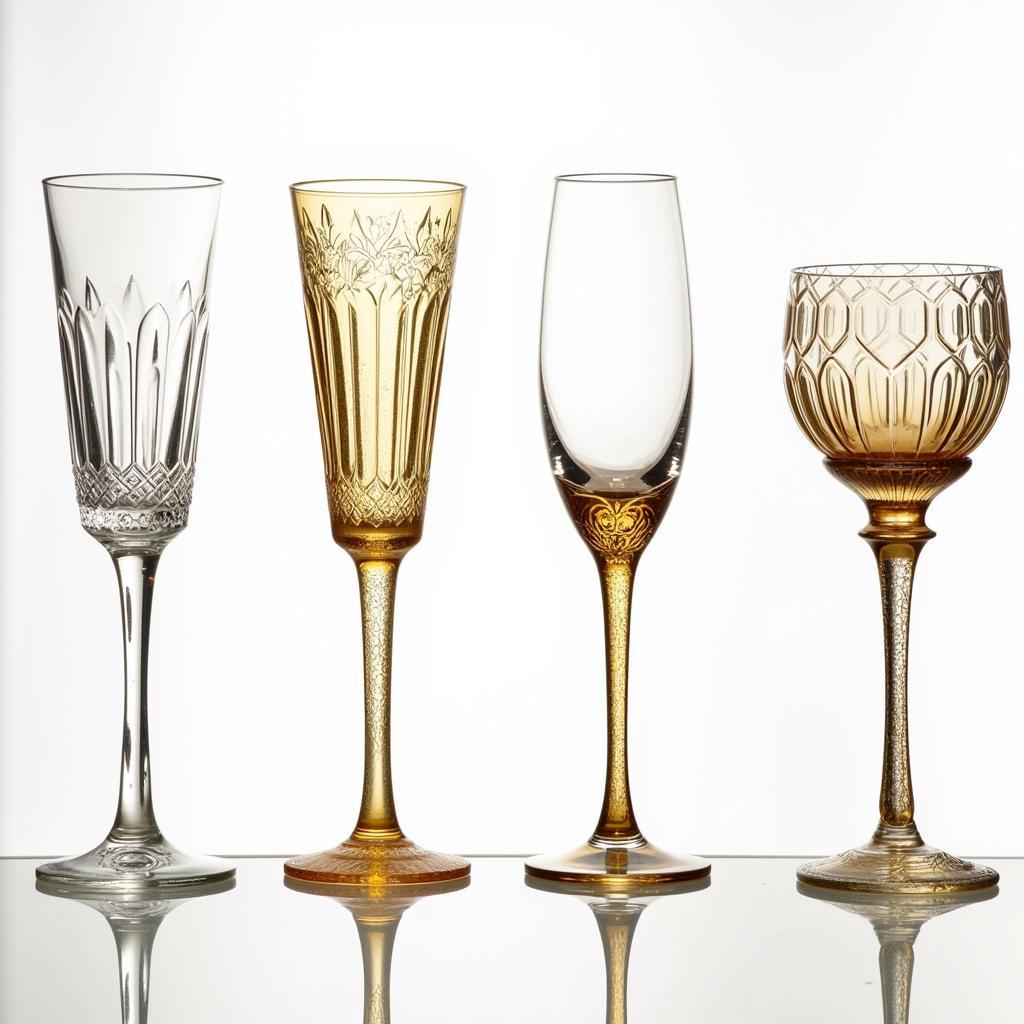 Art Deco Champagne Flutes
Art Deco Champagne Flutes
The Art of Choosing and Serving Champagne
Choosing the right champagne depends on the occasion and personal preference. Understanding the different classifications, such as Blanc de Blancs, Blanc de Noirs, and Rosé, can help you select the perfect bottle. Serving champagne at the right temperature, in the appropriate glassware, further enhances the experience, allowing the aromas and flavors to fully express themselves. Check out these beautiful art deco champagne flutes.
Conclusion: Celebrating the Art of Champagne
From its rich history and meticulous production to its cultural significance and celebratory nature, champagne is truly an art form. It’s a testament to human ingenuity and a symbol of life’s most cherished moments. So, the next time you raise a glass of champagne, take a moment to appreciate the art behind the bubbles.
FAQ
- What is the difference between champagne and sparkling wine? True champagne comes exclusively from the Champagne region of France, made using the traditional method.
- How should champagne be stored? Store champagne in a cool, dark place, ideally horizontally to keep the cork moist.
- What is the ideal serving temperature for champagne? Serve champagne chilled, between 40-45 degrees Fahrenheit.
- What are the different types of champagne? Champagne ranges from Brut (dry) to Demi-Sec (sweet), with varying levels of sweetness.
- What foods pair well with champagne? Champagne complements a wide range of foods, from oysters and sushi to cheese and desserts.
- How long does champagne last after opening? Opened champagne should be consumed within a few days and stored in the refrigerator with a stopper.
- What is the significance of the “méthode champenoise”? This traditional method involves a secondary fermentation in the bottle, creating the characteristic bubbles of champagne.
Need further assistance? Contact us at Phone Number: 02462573573, Email: danteum@gmail.com or visit us at Savico Megamall, 7-9 Nguyễn Văn Linh Street, Gia Thụy, Long Biên, Hanoi 10000, Vietnam. Our customer service team is available 24/7.

